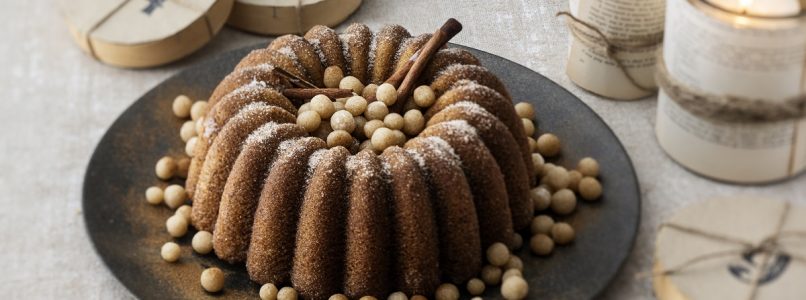Spiced donut, preparation
1) Peel the apple, grate it and put it in a saucepan with the cider. Bring to a boil, lower the heat and cook until the cider has evaporated and the apple has become soft. Mash it well with a fork (you will need to get about 240 ml of apple puree) and mix it with the oil, milk and vanilla.
2) In a bowl, sift the flour with baking powder, baking soda and spices and a pinch of salt.
3) Work the butter softened with sugar until it is soft and fluffy, then shell the eggs and add them one at a time, always stirring.
4) Add the sifted flour with the spices alternating it with brown sugar and the mix of apple, oil and milk, then continue to mix until mix good ingredients.
5) Pour the mixture in the greased mold, level the surface with a spatula e Bake at 180 degrees for about 40 minutes.
6) Remove the cake, let it rest for 15 minutes in the mold then turn it upside down on a wire rack and let it cool.
7) Refine the dessert. Mix the sugar with a pinch of salt and cinnamon; melt the butter in a saucepan until it becomes hazelnut color.
8) Pay and brush the butter on the entire surface of the cake and sprinkle it with the mix of sugar and cinnamon, pressing it well over the entire surface to make it adhere.
9) Decorated. Mix the almond flour with the sugar and a few tablespoons of cider until you get a dense and elastic dough. Helping you with your hands sprinkle it with powdered sugar, form many balls of about 1 cm in diameter.
10) Transfer the cake to a platter, fill the central hole with one part of the prepared almond paste balls and distribute the others around the cake. Sprinkle with cinnamon and serve.

